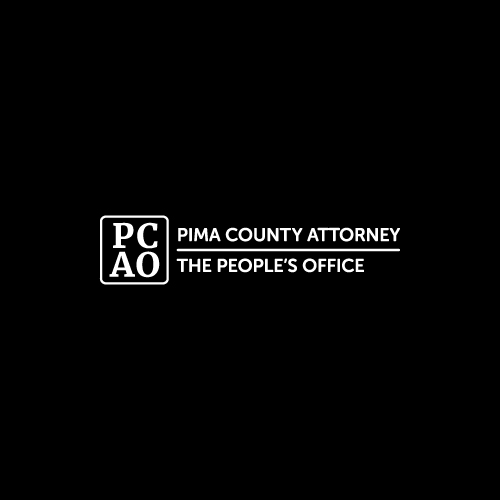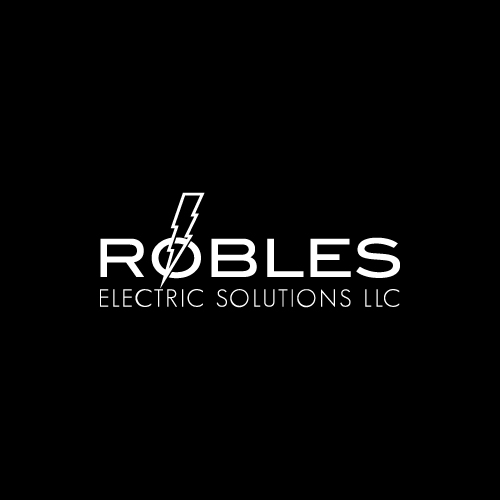All business owners want a “good” website, but what exactly does that mean? Something that looks pretty and has cool imagery and/or animations, right? Well, sort of. You want to make an impact on your users right when they enter your site. You want to grab their attention as quickly as possible and then hold onto it while you relay your message or the company’s core services.
These things are accomplished with good aesthetics and with a professional graphics designer in your court, this is easy to do. Or maybe you know enough about what “looks good” and what doesn’t to do this yourself. That’s great! We take web design a few steps further. We want to make sure that everything that is on your page has a reason to be there. We want to make sure that your site converts traffic towards a goal, like landing new customers or clients.
You see, we believe in ROI and that every cost that your business incurs should result in a return. Your website is no different. Having a website just because society says “Since you have a business you should have a website’ isn’t a good attack plan for the project. Here are some questions that you should ask yourself before building, or rebuilding, your website so that you can get the most out of it.
What is the goal of your site?
So you have a business and you need a website. Well, the most obvious objective of your site is to tell people about your business. Sure. I’ll give you that one. But why? “Well, to get more customers or clients”. Good… now, do you think that you are going to automatically get more customers by just telling people about your business? People tell me how to lose weight all the time, but I don’t automatically lose any weight by hearing about it. Your user needs to be compelled to act. Defined by businessdictionary.com, a goal is:
“An observable and measurable end result having one or more objectives to be achieved within a more or less fixed timeframe.“
I really do want to lose weight, but until I act, I’m not going to lose a pound. Your user is no different. If they are not compelled to act while on your site or as a result of your site, you will not get the customer. So you need to help the user reach their goal so that you can reach yours. Think about what your user is looking to accomplish by going to your website. Are they looking for a new [insert your product here]? Or a professional to [insert your service here]? Know what your user is after and the action they need to perform to get it before leaving your site. Their action is your measurable goal. Do you want them to call you? Visit you? Fill out a contact form or download something? Maybe you want them to follow you on social media or sign up for a newsletter?
Whatever your goal, it needs to aim to build your revenue and/or customer base if you are looking to get an ROI from your website. Continue to ask yourself a few more questions to determine if your site is doing everything it can to reach your goals.
Is the information that your user is looking for easy to access?
Remember, we want to put ourselves in the user’s shoes. What are they looking for when they enter your site? Assuming that your onsite SEO or marketing campaigns are set up correctly, your user should be landing on a page, from an organic search anyway, that is related to what they searched for.
For instance, if you searched for “how to build a good website”, you would land on this page if you picked our link from the SERPs. If you searched “best Tucson web design company”, you would land on a different page on our site. In the first example, you are looking for information and you were served information.
In the second example, you were looking for a service, and you would have been served our page specifically for that service. On that page, you will find why were are the best option, proof of that fact, and some statistics that aim to help you understand why you might need a professional. All the information that the user is looking for is either on that page or one click away if they want to see a portfolio or testimonials.
Serving the information quickly and in a clear and concise manner will increase the chances that your user will interact with your website. That’s your goal. Encourage action! Now ask…
Can your user contact you easily?
You have done a good job of grabbing your user’s attention and keeping it. You have even convinced them to look no further than your company. They are ready to act… but are you? Without flooding your pages with pop-ups and endless forms, you need to make contact options available and obvious to your users so they can act when they are ready. Clickable phone numbers, addresses that lead to map directions, contact forms, appointment schedulers, sign-up forms, etc. Whatever your goal for the user, make it available and easy to use.
Bonus pro tip: We do not believe in discounting your services and reducing your value by any means, but you can give something away to help encourage a user to leave their lead for you. Offer free estimates, a free download for action, free consultation, etc. Obviously, make it relevant to the goal the user is completing. Sometimes, getting a user to act involves an almost quid-pro-quo. Give and take. Also, make sure that your offering is genuine.
At Kodeak, we live and breathe our core mission of helping small to medium-sized businesses succeed online. So our offering of free consultations is truly to help our fellow small businesses where we can and advise them when we can’t.
So our last question is something that a lot of our competition doesn’t believe to be a necessary part of a website build, and instead an extra service. Or it is thrown in as a value-added service but treated more like an afterthought. Our belief is the opposite.
Can your user find your website?
Let’s say you have everything lined up right as detailed above. You are ready to take on users. So what now? Marketing? SEO? Sure. But guess what the first step of either of those campaigns… that’s right, on-site SEO! Where others think this should be the first part of a campaign (some don’t think it is that important at all), we believe this should be the first part of a website build.
That’s right, right from the get-go, you should be thinking about getting users to your site. Knowing about the keywords and phrases that people are going to be using most to search for what you offer, and their monthly search volumes, you can better decide what kind of content should be on your site, what topics should have their own page, and what should be a bigger focus on your site to get the most traffic and the most conversion.
Remember our first point, have a goal. What better way to plan to reach your goal than hard, factual data to point you in the right direction?
Search engines are getting smarter and they want to serve the best content for what the user is actually looking for. Google’s latest algorithms focus mostly on relevancy to search intent. That said, when Google and other search engines know what each of your pages is about by seeing solid on-site SEO and schema, and content that answers a searcher’s question, they will serve your pages higher in the SERPs. Without considering this from the very beginning of a site build, you can be missing out on conversion opportunities and of course a good chance at ranking higher than you would without it.
Concluding
Thinking about your website, do you feel that your design is set up to help convert your traffic into customers? Is your site set up to tell Google what it is about? Are you set up to accomplish your goal? If not, maybe it is time to take a step back and look at your site through a different lens, like that of a potential customer or client. If you need a set of fresh eyes to look through your site and give you an in-depth analysis of how you could be doing better, feel free to give us a call, email, or chat. Feel free to comment below with questions also!









